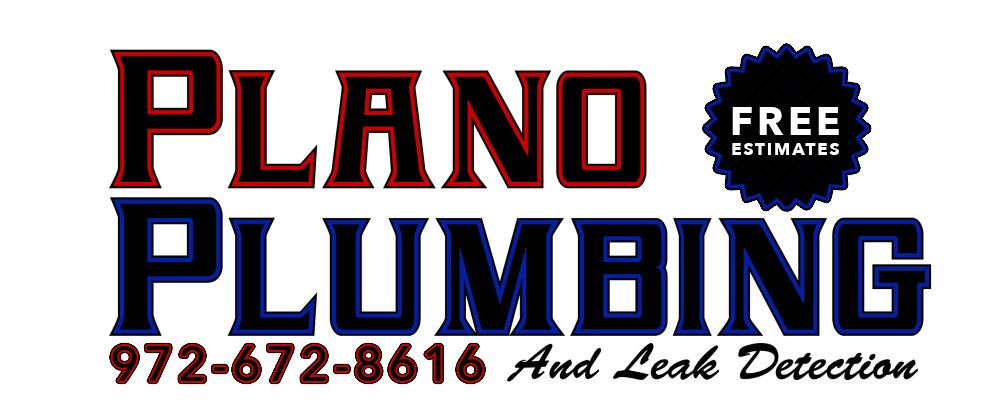Leaks can lead to serious property damage and costly repairs. This can be a stressful situation, especially when you’re unsure of the leak’s location or the potential damage it can cause. If the problem isn’t addressed immediately, you may end up paying a significant cost for repairs and restoration of your property.
One possible solution you can look at is trenchless leak detection, which minimizes disruption and damage to your day-to-day activities, landscaping, and other property features. This method allows professionals to locate leaks in your water, gas, or sewer lines without extensive digging.
In this blog post, we’ll answer several key questions about this process:
- What is trenchless leak detection?
- How does it work?
- What are the benefits of pressure testing water lines?
- When should you consider a water pressure test for leaks?
In the discussion below, learn why this leak detection method is beneficial for homeowners and property managers.
What Is Trenchless Leak Detection?
Trenchless leak detection is a noninvasive technique for identifying leaks in underground pipes or other concealed plumbing systems without excavating large areas. This method can detect various leaks, including slab, water, and gas.
One key advantage is it doesn’t require disruptive digging. This process allows expert contractors to preserve your landscaping and minimize property damage.
How Trenchless Leak Detection Works: A Step-by-Step Guide
To help you further understand what trenchless leak detection is and how it works, here’s a step-by-step guide describing the entire process:
Step 1: Initial Inspection
The process begins with a visual inspection of the property. A trained professional will look for signs of a leak, such as damp spots and mold growth. They will also check for unusually high water bills.
Step 2: Pressure Testing Water Lines
The next step involves a pressure test plumbing for leaks. The water lines are pressurized during this test, and any pressure drop can indicate a leak.
Step 3: Selecting the Detection Method
A professional will choose the most appropriate detection method depending on the type of leak and its suspected location. Factors such as pipe material, the surrounding environment, and the nature of the leak all influence this decision.
- Camera Inspection: This method employs a specialized camera, which is inserted into the pipes to provide a real-time visual of the interior.
- Acoustic Leak Detection: This method uses acoustic technology to pressure test plumbing for leaks. Contractors use sensitive equipment to listen for the sound of escaping water or gas.
- Leak Correlators: Leak correlators analyze sound waves from different points along the pipeline to pinpoint the exact location of a leak.
- Thermal Imaging Systems: Thermal cameras detect temperature differences caused by leaking water or gas.
Step 4: Analyzing the Data
Once the data from the various detection methods are gathered, professional contractors will analyze it to accurately locate the leak, allowing for precise identification of its location, size, and severity.
Step 5: Confirming the Leak Location
To ensure accuracy, a water pressure test for leaks is often performed after the initial detection. This test confirms the exact location and severity of the leak, allowing for effective repair process planning.
Step 7: Planning for Repair
Thanks to its precision, many leaks can be repaired using noninvasive methods, minimizing disruption to your property.
Benefits of Trenchless Leak Detection and Repairs
Trenchless repairs can be completed faster with minimal disruptions to your home or workplace. Consider the following benefits:
- Noninvasive: One of the most significant benefits of trenchless leak detection is that it avoids extensive excavation. This noninvasive approach preserves your landscaping, driveway, and other property features.
- Accuracy: Trenchless methods are highly accurate in pinpointing leaks, which means repairs can be made quickly and efficiently, ensuring the problem is fully resolved.
- Cost-Effective: Trenchless leak detection and repairs can significantly reduce the overall cost of labor and materials by eliminating the need for large-scale digging.
- Time-Efficient: Trenchless methods are faster than traditional leak detection techniques, reducing the time needed to locate and repair leaks.
When to Consider Trenchless Leak Detection
Here are signs to look out for when you’re suspecting a leak:
- Unexplained Water Bills: If your water bills are suddenly higher without any explanation, like an increase in usage, you may be dealing with a leak. A sudden, unexplained spike in bills should be inspected and addressed immediately.
- Water Damage: Visible signs of damage such as damp spots, mold growth, or mildew on walls, floors, or ceilings are often signs of a water leak.
- Low or Reduced Water Pressure: A consistent drop in water pressure can indicate a leak in your plumbing system.
- Unusual Sounds: If you hear water running or hissing noises when no water fixtures are turned on, this could indicate a leak.
Trust Experts from Plano Plumbing
Plano Plumbing is your trusted provider of trenchless leak detection services. Our experts provide thorough detection solutions, working on the root cause of the leaks to prevent further issues. Call 972-672-8616 or fill out our online contact form to get a quote.

